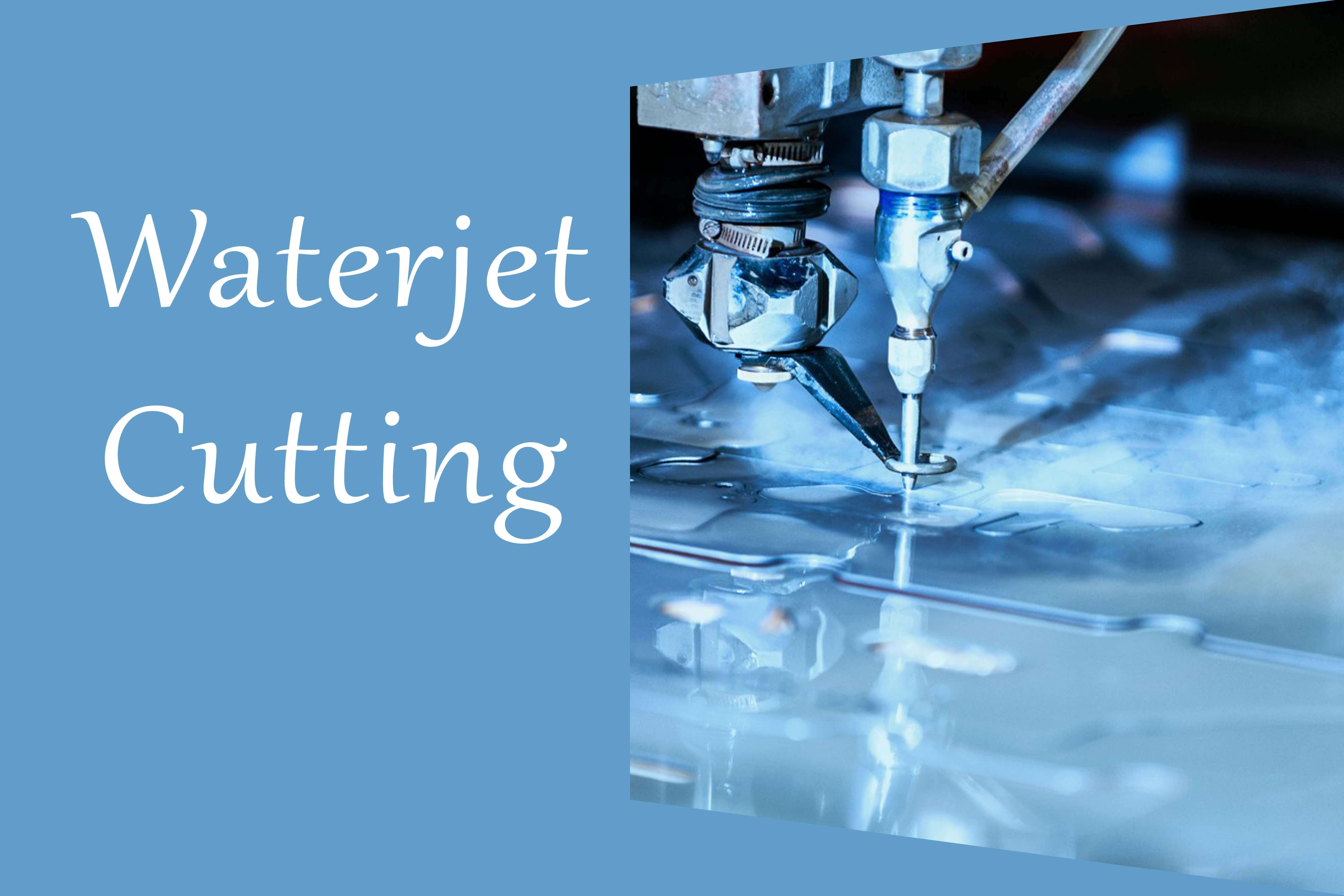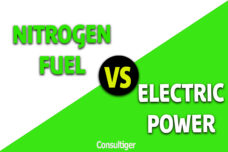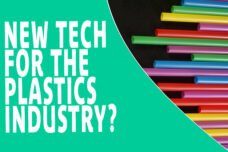Waterjet is a cutting tool. While it seems an impossibility, a high-pressure stream of water does make a tool effective enough to cut. Waterjets are of two types — pure waterjets and abrasive waterjets. A pure waterjet tool uses only water to cut and an abrasive waterjet uses an abrasive in addition to water.
As for the application, pure waterjets are meant for items that are soft. Paper, cardboard, plastic, etc. are good examples where pure waterjets would work. Hard items such as ceramic, glass, metal, etc would need abrasive waterjets to cut.
How much pressure is required?
A lot. Okay, that doesn’t say much, right? For context, the pressure on your home faucet is 60 pounds per square inch (psi), the pressure on the fire hose is 1200 psi, the pressure wash for cars is at about 4000 psi and that of a waterjet is 90,000 psi! And that’s lot of pressure.
Waterjet Pumps: Intensifier vs Direct Drive
The pumps in a waterjet are of two types: (1) Direct drive and (2) Intensifier. A crankshaft is used by direct drive pumps to move the plungers that pressurize the water. Hydraulic rams are used by intensifiers to move the plungers. Direct drive pumps are simple by design and cost less initially but high on maintenance and are high on long term operational costs, compared to intensifiers.
Factors affecting the waterjet cost:
There are multiple factors that dictate the cost of waterjets. Some of them are as follows: Equipment fragility, tool path complexity, pierce-ability, replacement cost of consumables, etc.
What waterjet cutting is not!
- Waterjet cutting is imprecise: No it is not. Waterjet cutting is a precise machining technique.
- Waterjets can not cut thicker materials: Not true. Waterjets can cut thicker materials. They may cut slower, but cut thick materials they certainly can.
Why waterjet cutting?
Waterjet is preferred for the versatility and simplicity that this cutting technique offers. Waterjets can cut a variety of materials and very thick ones as well.
On the other hand, the laser cutting technique is said to be not a preferred option to cut reflective materials such as aluminium, copper, stainless steel, etc. Waterjets are good at cutting reflective materials.
Plasma cutting is another cutting technique that waterjet cutting often gets compared to. Plasma cutting uses gas streams to cut by melting the material. While plasma cutting technique cuts faster than waterjet cutting, the cut quality is considered to be poor. Waterjet is the only option available for materials that do not melt. For example, for cutting granite stones, waterjets can do the job while laser and plasma methods do not.
Consultiger would be happy to connect you to experts in the space of waterjet cutting. Please do check our website www.consultiger.com.












